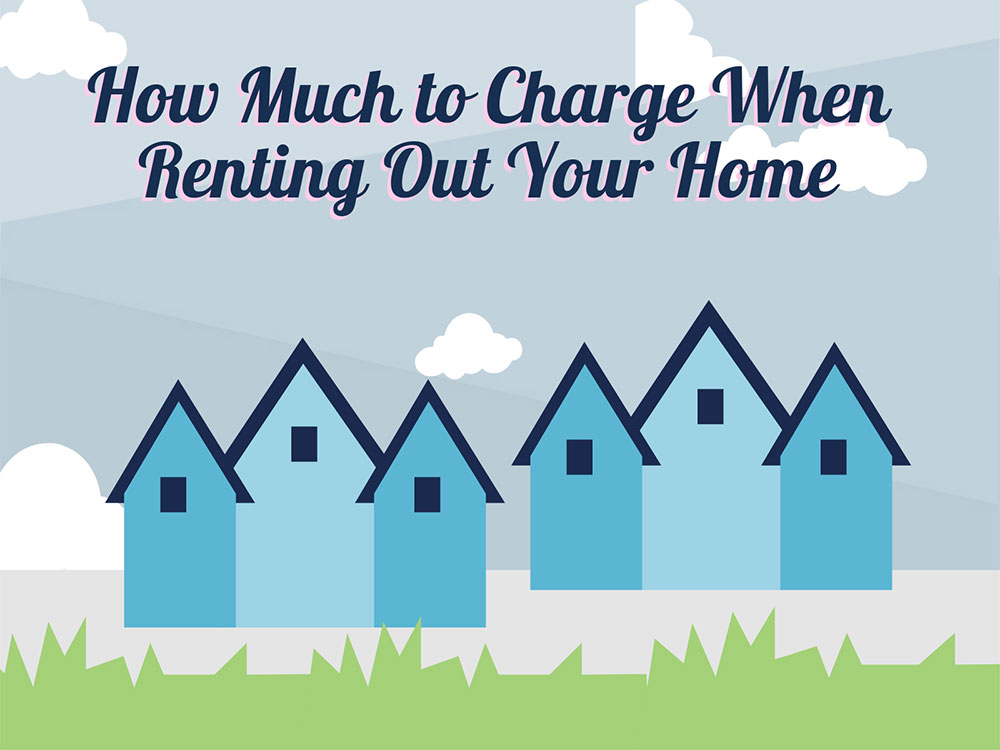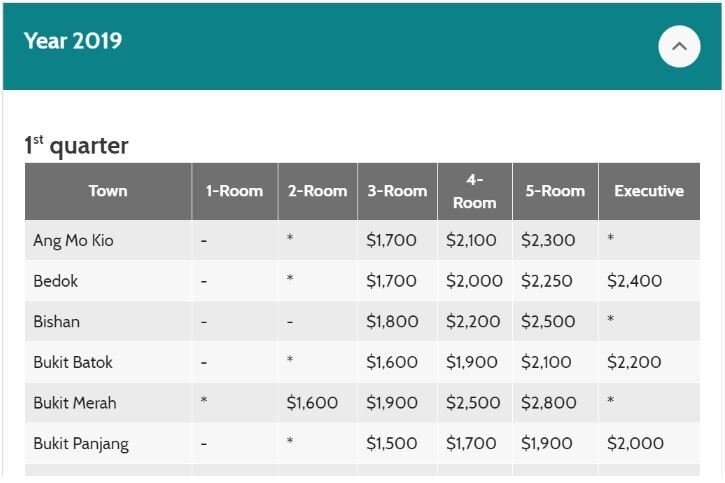
So you’ve finally fulfilled your property’s MOP, and you can now rent out your property and reap that rental yield. It’s time to become a landlord!
Now, from an outsider’s point of view, becoming a landlord looks pretty simple. All you’ve got to do is list your flat on one of those property sites, conduct a few viewings, and find your ideal tenant.
But before you can do all that, you’ll have to first figure out how much rent to charge.
Got no idea how to determine your rental price? In this guide, we discuss the key factors that influence the rent your property can command, and talk about how to price your home so that you get a decent rental yield.
In a nutshell, rental yield refers to your rental income as a percentage of your property’s value.
Now, when it comes to rental yield, make this your mantra: more is more. When you achieve a higher rental yield, this allows you to offset more of your costs using your rental income
Also note that there are two different categories of rental yield — gross yield and net yield. Here are the respective formulas:
Gross rental yield = Gross yearly rental / Purchase price of property
Net rental yield = Gross yearly rental / Purchase price of property + Additional costs*
Additional costs include:
Obviously, net rental yield is a more accurate measurement of the ROI that you get when renting out your property, so we recommend using this metric over gross rental yield. (Read also: The REAL Costs of Renting Out Your Property in Singapore)
Within Singapore, the average gross rental yield for residential properties tends to hover around the two to three percent mark.
If you’re talking about net rental yield, however, you’d count yourself lucky to achieve a one to two percent yield.
To work backwards to arrive at your ideal monthly rental fee, calculate the total amount you spent on buying your property (inclusive of miscellaneous expenses like stamp duty, legal fees, etc), then multiply it by the yield you want to achieve.
For example, say you paid $1.5M for your condo, inclusive of other expenses.
$1,500,000 x 0.03 = $45,000 in rental income per year.
$45,000 / 12 = $3,750 in rental income per month.
Ideally, you’d want to rent your condo apartment for approximately $3,750 per month. That said, you do need to take market rate into consideration as well… read on to learn more!
Before you go ahead and list your property, you’ll definitely want to find out its market rate.
With this market rate in mind, you can make sure that you’re pricing your property reasonably — not too high, but not too low
To figure out your property’s market rate, you can do two things:
First, HDB compiles a list of median rents by town and flat type which you can access here.

The rental rates are updated per quarter, and these numbers can give you a pretty good gauge of the rates you might be able to rent your flat out for.
On top of this, you can also head to Bluenest to get a Comparative Market Analysis (CMA) done for your apartment.
Basically, this involves you speaking with a team of experts who will discuss market conditions, your home’s valuation, and the other variables with you so that you can price your home in a way that maximizes your returns.
P.S. While HDB only offers data on rental prices in HDB towns, you can use Bluenest to get a CMA for any type of property (be it public or private).
This one’s fairly straightforward, so we won’t insult your intelligence by dwelling on it too much.
Basically: landed properties and condos typically go for a premium, while HDB flats tend to command lower rents.
Of course, you’ll also have to take into consideration other factors (which we’ll discuss below), but all things being equal, you’ll be able to generate a higher rental income from a condo as opposed to an HDB flat.
Singapore is split up into three major areas — the Core Central Region (CCR), Rest of Central Region (RCR) and Outside Central Region (OCR).
Here are the estates that sit within each region:
Core Central Region:
Rest of Central Region:
Outside Central Region:
Generally speaking, properties in the CCR command the most expensive rents, followed by those in the RCR, then those in the OCR.
Here, you should also keep in mind whether the property is situated in a central area and near public transport.
For instance, say Property A is located in an ulu (read: deserted), hard to access area in the RCR, and Property B is located next to a mall and MRT station in the OCR.
All other factors being equal, Property B might very well be more desirable than Property A!
Projects with more recent Temporary Occupation Permit (TOP) dates are newer and better maintained. This helps to inflate their rental prices.
Now, take a second to put yourself in your tenant’s shoes. Would you rather choose a unit that’s 15 years old and looks kind of worn out, or a unit that’s just five years old, and is better maintained?
The answer is obvious!
As a general rule of thumb, the bigger your apartment is, the higher your rental fee can be.
That said, if you have a four or five bedroom apartment and you’re renting out the whole apartment, you might have a harder time finding a suitable tenant.
Why is this the case? Well, when your apartment is that big, it won’t register on the radar of single expats who don’t need that much space.
This means that you’re catering to a “niche” market of expats who have uprooted their entire families to come to Singapore.
As for floor level, apartments on higher floors tend to command higher rents, because these apartments are breezier and come with better views.
Singaporean tenants tend to favor units that are facing East, North-East or South-East — these properties tend to trap less heat, which means that you won’t come home to an apartment that’s sweltering hot.
On the other end of the spectrum, West-facing properties tend to be warmer, and as such, may command lower rental fees.
Some overseas tenants may be less fussy and/or less informative about property orientation, but others do ask around and learn about these distinctions, and take these as a point of consideration as well.
When it comes to the view, this is pretty straightforward. If your apartment looks out to a nice view (of a pool, lake, nature reserve, etc), this gives you extra brownie points and helps to bump up your rental price.
Finally, if your apartment comes fully or partially furnished, you can ask for a higher rental price than if it comes empty.
More specifically, partially or fully furnished apartments tend to fetch approximately $300 to $400 more.
That works out to between $3,600 and $4,800 per year… so you can do the math, and decide whether you want to buy some affordable IKEA pieces to spruce up your space.
Also, if your apartment is newly renovated and/or comes with new fittings (taps, kitchen appliances, etc), this also allows you to ask for a higher rental price.
Awesome — you’ve made it all the way to the end of this guide, and you’re now an expert on how to price rental property. What other questions do you have about renting out your home in Singapore? Let us know in the comments!